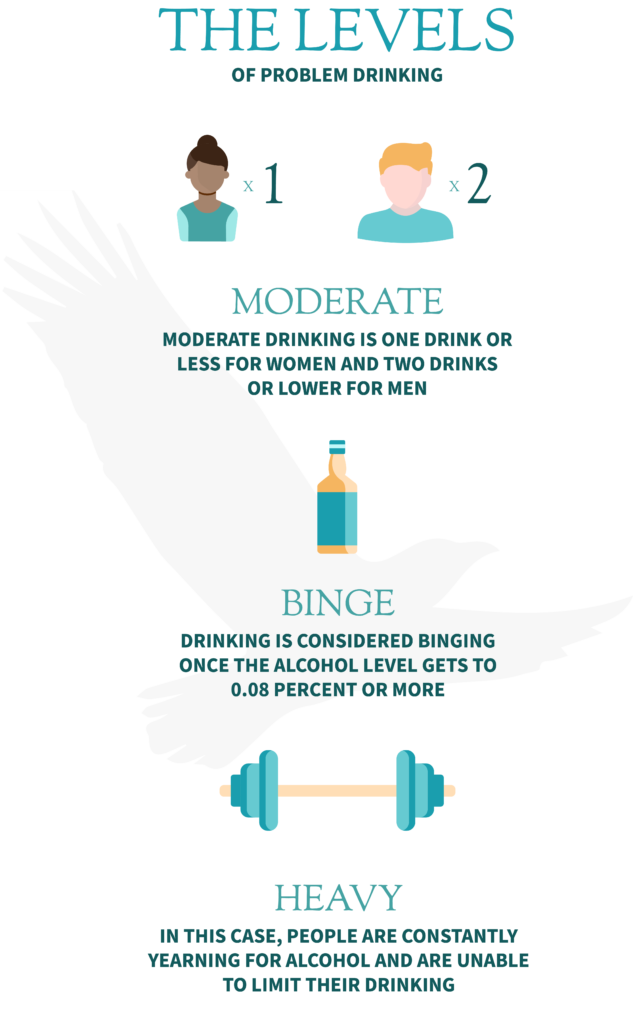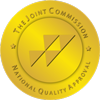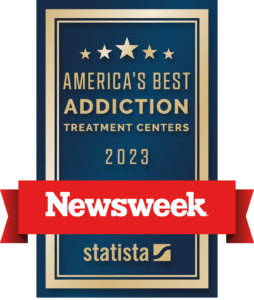Do you know the different levels of drinking and when consumption is considered problem drinking?
Read this guide to learn the differences between each level.
Problem drinking is described as the tendency of using alcohol in such a way that it affects you negatively. The difference between problem drinking and alcoholism is that, unlike an alcoholic, a problem drinker is not physically dependent on alcohol. The physical dependence on alcohol by alcoholics results in health problems. You may need to seek treatment for this physical dependence.
Characteristics
Several tendencies may classify you as a problem drinker. Here are a few examples:
- If drinking puts you in a position to miss important activities such as school or job
- Makes you feel socially isolated even with friends and close family members
- Makes you an individual who is quick to anger, reacts violently to situations or forces you into depression
- If it makes you spend unnecessarily on alcohol at the expense of beneficial activities like grocery resulting in financial problems
- When alcohol puts you in a position where you don’t get along with family and close friends
- When alcohol results to you making an unsound decision such as sexual offenses
- When you experience blackouts
The physical dependency created by alcohol may turn a problem drinker into an alcoholic. But how does one understand at what level of drinking they are at? Here is how to learn and understand your drinking tendencies.
The CDC considers binge drinking a serious threat to public health. However, it is preventable. It has been named one of the most expensive and deadly drinking patterns in the United States.
It is characterized by excessive use of alcohol. The National Institute on Alcohol Abuse and Alcoholism describes binge drinking as:
“NIAAA defines binge drinking as a pattern of drinking that brings blood alcohol concentration (BAC) levels to 0.08 g/dL. This typically occurs after four drinks for women and five drinks for men—in about 2 hours.”
Risks
There are severe risks related to binge drinking, such as:
- Resorting to violence such as sexual offenses
- The occurrence of fetal alcohol spectrum disorders
- Sexual misconducts resulting in sexually transmitted diseases
- Development of chronic diseases such as liver and heart diseases
- For pregnant women, it may lead to miscarriage, sudden infant death syndrome, and stillbirth
- Binge drinking may result in alcohol dependency
- It might further lead to memory and learning problems
Prevention
Binge drinking can be prevented. Here are recommendable approaches:
- Increasing taxes on alcohol is a strategic way of reducing usage
- Reducing the number of alcohol outlets will result in less exposure hence lowered frequency of consumption
- Alcohol retailers must be held accountable for any minor who is found in possession of alcohol
- Restricting days and hours of purchase will reduce overindulgence
- Before any significant selection, individuals should be screened and counseled for any possibility of misuse
Stages
 Consumption of alcohol takes a while for effects to manifest. Here are the stages of alcohol binge:
Consumption of alcohol takes a while for effects to manifest. Here are the stages of alcohol binge:
- Stage 1: subclinical intoxication- the intoxication may not appear at 0.01-0.05 BAC although impairment may be detected in certain tests. This stage depends on the individual, their level of judgment, and how they react.
- Stage 2: Euphoria- it occurs between 0.03 and 0.12 BAC. It is characterized by individuals becoming more talkative and confident.
- Stage 3: excitement- occurs between 0.09 and 0.25 BAC. It is characterized by emotional unpredictability and poor judgment.
- Stage 4: confusion- occurs between 0.18 and 0.30 BAC. It is characterized by emotional stupefaction and disruption.
- Stage 5: stupor- occur between 0.25 and 0.40 BAC. It is characterized by extreme intoxication and may result in poisoning or death.
- Stage 6: coma- occurs between 0.35 and 0.45 BAC. This is a hazardous stage characterized by numerous health failures such as depressed motor functions.
- Stage 7: occurs estimably at 0.45 BAC. The body cells are failing at keeping up with the alcohol content and are beginning to lose a life.
The Levels of Problem Drinking
There are 3 levels of problem drinking.
1. Moderate Drinking
Moderate drinking has been described by the Centers for Disease Control and Prevention as one drink or less for women and two drinks or lower for men.
Compared to heavy drinking, moderate drinking encompasses four or fewer drinks on one occasion or eight or fewer occasions throughout the week. Fourteen grams of alcohol is the standardized amount of one drink rationed in 12 ounces of beer, 5 ounces of wine and 15 ounces of liquor.
2. Binge Drinking
Alcohol binge shouldn’t be confused for drinking too much. Unlike drinking too much, alcohol binging can be done when people have an occasion, and alcohol isn’t necessarily a problem. A drinking tendency is considered binging once the alcohol level gets to 0.08 percent or more.
Drinking too much is referred to as heavy drinking. Individuals who take several drinks throughout the day are also classified as heavy drinkers.
That is, within each 24hours, three to four drinks are consumed. This is considered as heavy drinking even when the person never gets drunk.
3. Heavy Drinking
Most heavy drinkers have been associated with alcohol addiction. In this case, they are usually in constant yearning for alcohol and are unable to limit their drinking. Heavy drinkers continue to consume alcohol despite evident psychological and physical harmful effects.
In cases where one decides to stop drinking, withdrawal symptoms may emerge, such as hallucination or fever. Similar to binge drinking, heavy drinkers may develop fatal health problems such as liver cirrhosis, inflammation of the pancreas, heart failure, and high blood pressure.
In severe cases, however, they might even die. Heavy drinkers and alcohol binging may indirectly put themselves at a position where they become victims of unintended dangerous activities. For instance, sexual offenses, death by driving while drunk, etc.
Problem Drinking
Drinking alcohol may be beneficial to your health. Moderate drinking means understanding whether your drinking stage is safe or whether it has become dangerous for your health and social life. Alcohol-related issues such as alcoholism, problem drinking, and alcohol binging differ in men and women.
Contact us if you’d like to talk to someone about your alcohol issue.



